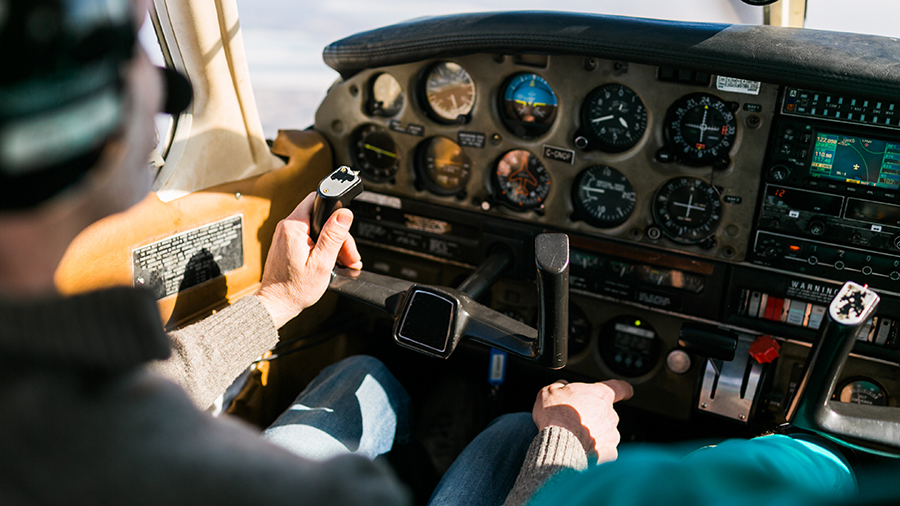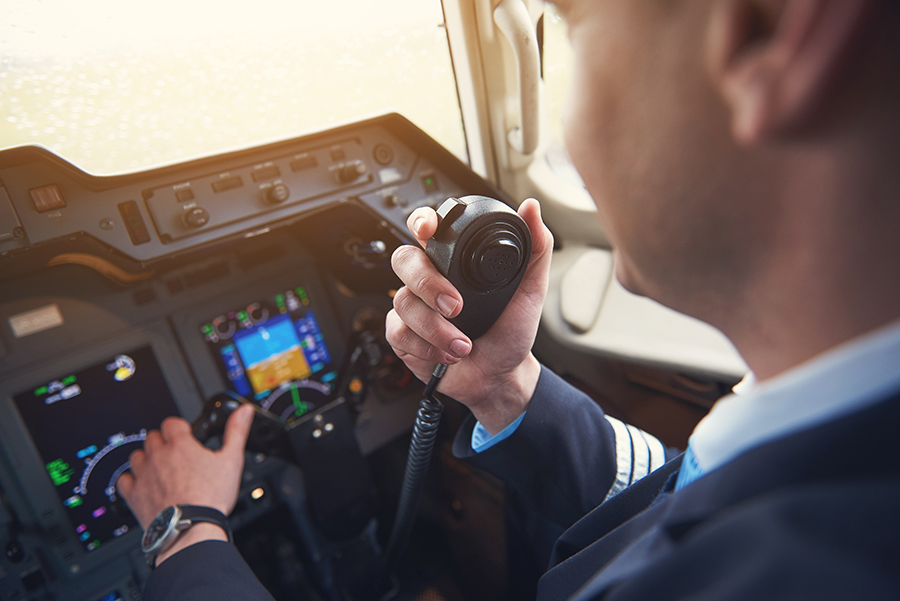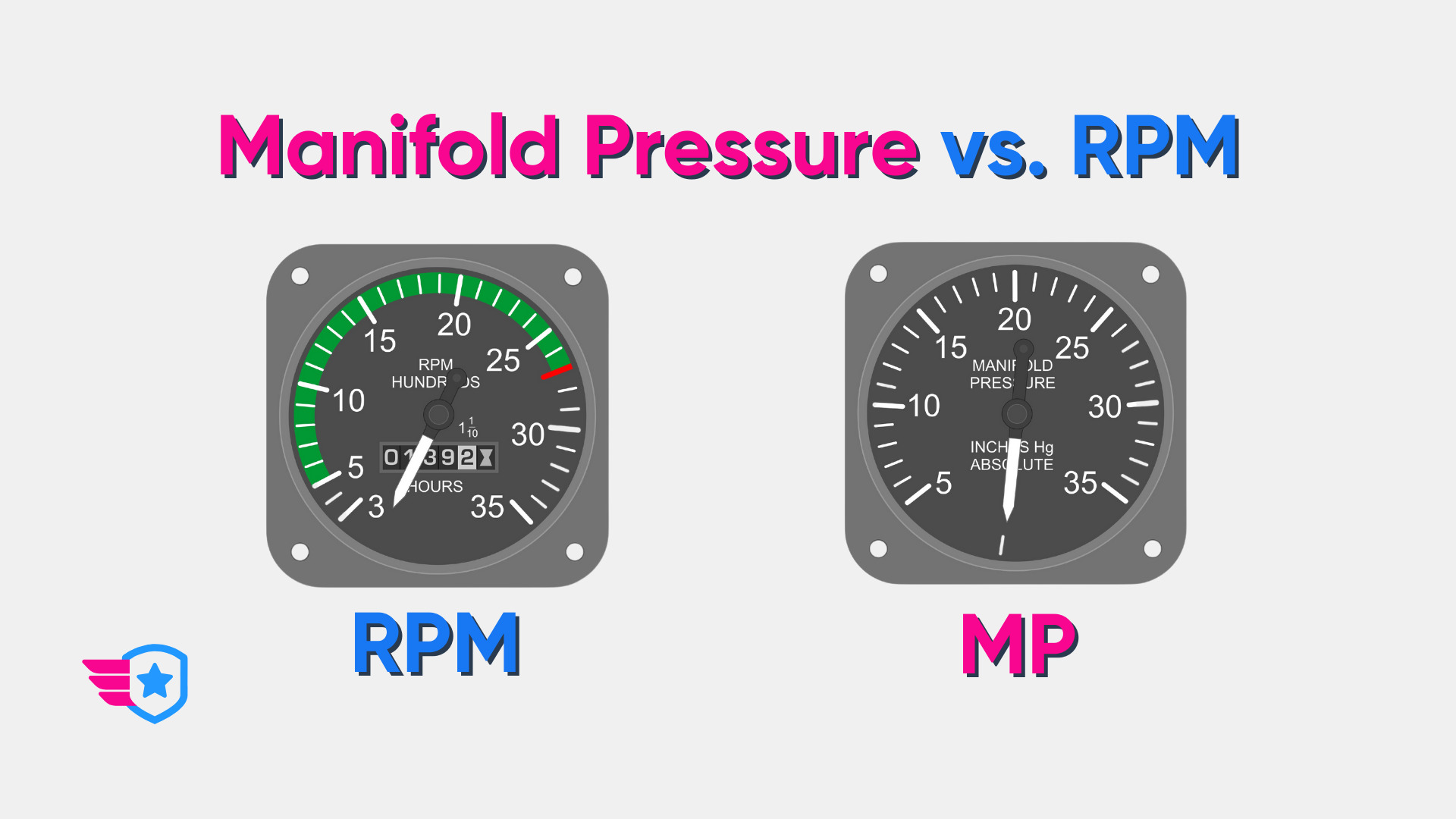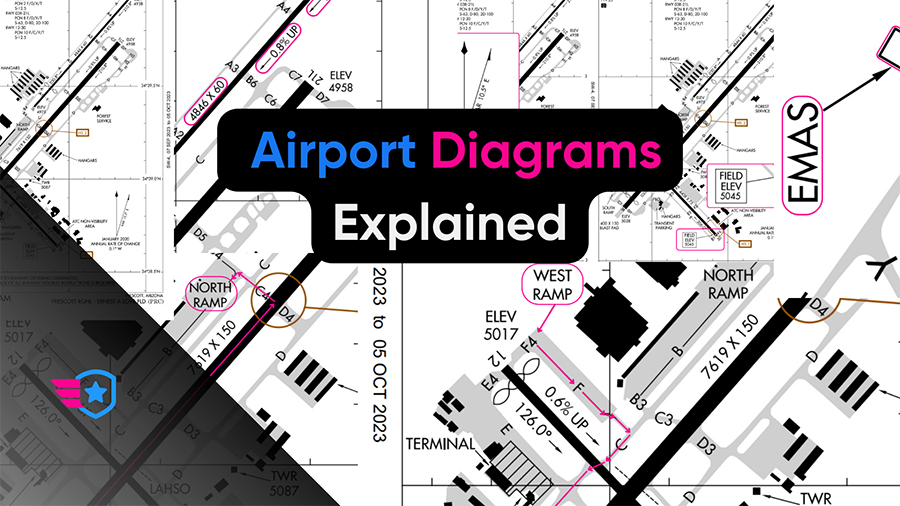Radio failure on an Instrument Flight Rules (IFR) flight can be a frightening predicament to find yourself in. Although certainly a unique situation, radio failure is not necessarily an emergency.
While the regulations and procedures that we will outline in this article will certainly assist in this situation, it does not apply to all radio communication failure scenarios. To achieve a safe and efficient outcome during a radio failure scenario, you will have to use your aeronautical decision-making skills to determine the best course of action.
AIM 6-4-1 states that “It is virtually impossible to provide regulations and procedures applicable to all possible situations associated with two-way radio communications failure. During two-way radio communications failure, when confronted by a situation not covered in the regulation, pilots are expected to exercise good judgment in whatever action they elect to take. Should the situation so dictate they should not be reluctant to use the emergency action contained in 14 CFR Section 91.3(b).”
The Procedure
The radio failure procedure is divided into two primary scenarios:
- You are able to maintain Visual Metrological Conditions (VMC).
- You are in Instrument Meteorological Conditions (IMC).
It is important to note that if you are on a Visual Flight Rules (VFR) flight and you encounter a radio failure, you will follow the same Visual Metrological Conditions (VMC) scenario as the IFR flight.
Regardless of whether you are in VMC or IFR conditions, if the reason for your loss of radio communication is not immediately apparent, there is a good chance that there may be some human error involved.
Before proceeding with the official lost communications procedure, perform a few troubleshooting actions such as the following:
- Confirm that you are on the correct frequency.
- Confirm that the radio volume has been turned up (this is a common mistake!).
- Turn off squelch to determine if you are able to hear radio signals.
- Confirm that the cord and input that you are using in the aircraft is serviceable.
- Attempt to contact another station on a different frequency, preferably the last frequency that you used. If you manage to establish contact, state your position, altitude, and last assigned frequency, and request further assistance. If unable to contact a different station, attempt to contact any station on 121.5 MHz (guard).
Only after these troubleshooting actions have been performed should you continue with the following procedures.
Regardless of what the communication issue may be, you should continuously transmit in the blind. In other words, continue to make radio transmissions, as your transmitter may still be functioning correctly.
Visual Metrological Conditions (VMC)
A radio failure in Visual Metrological Conditions is less severe than a radio failure in Instrument Metrological Conditions. As such, the official procedure to be followed is less complicated.

14 CFR 91.185 (b) states:
“If the failure occurs in VFR conditions, or if VFR conditions are encountered after the failure, each pilot shall continue the flight under VFR and land as soon as practicable.”
There are one of two procedures to be followed in this case, depending on whether you are above or below 18,000 feet.
Above 18,000 Feet
Above 18,000 feet, you will be in Class A airspace, which only allows IFR traffic. In this case, you will have to navigate out of the Class A airspace without radio communication.
Begin by squawking 7600, which indicates to Air Traffic Control (ATC) that you have experienced a radio communication failure.
After squawking 7600, you will need to descend to a VFR altitude and avoid any abrupt changes in altitude or heading. The key is to fly in a predictable, stable manner that will allow ATC to vector traffic around you.
Below 18,000 Feet
Below 18,000 feet, you will simply have to squawk 7600 and descend or climb to a VFR altitude. Once at an acceptable VFR altitude, find a suitable airport and land as soon as practicable.
Instrument Metrological Conditions (IMC)
If you are in IMC or unable to maintain VMC, you will follow the procedure outlined in 14 CFR 91.185 (c).
14 CFR 91.185 (c) states:
“If the failure occurs in IFR conditions, or if paragraph (b) of this section cannot be complied with, each pilot shall continue the flight according to the following.”
- Route:
- According to the last ATC clearance received.
- If under radar vectors, directly from the point of radio failure to the fix, route, or airway specified in the clearance.
- If no assigned route has been received:
- According to the route that ATC advised may be expected; or
- If no expected route was advised, according to the route filed in the flight plan.
- At the highest of the following altitudes or flight levels (FL) (note: do not descend below the MSA until you are established on the approach):
- The altitude or flight level last assigned by ATC.
- The minimum safe altitude as prescribed in FAR 91.121(c).
- An altitude or flight level advised by ATC to be expected in a further clearance.
- Clearance limit:
- When the clearance limit is a fix from which an approach begins (IAF), begin the descent as close as possible to the “expect-further-clearance” time, or if one has not been received, as close as possible to the Estimated Time of Arrival (ETA) as calculated from the filed or amended Estimated Time En Route (ETE).
- If the clearance limit is not a fix from which an approach begins, leave the clearance limit at the “expect-further-clearance” time, or if one has not been received, upon arrival over the clearance limit, and proceed to a fix from which an approach begins and commence descent as close as possible to the ETA as calculated from the filed or amended ETE.
Conclusion
The best way to practice your Aeronautical Decision Making (ADM) skills in a radio failure situation is to go through hypothetical radio failure scenarios. A radio failure is not an inherently dangerous occurrence, but without proper decision-making and actions, a radio failure may quickly devolve into a more severe emergency.




